|
It can be quite difficult dating early antique clocks. This month I will try to give you a few tips on what to look out for when you are trying to date an antique longcase clock and some examples of early clocks which I have dated to between 1720 and 1740. 18th century longcase clocks can be difficult to date because the brass dials were square before 1720 but about this date an arch top was added to London clocks, although, some square dials were still made after this date. Some provincial dials remained square, particularly in the country areas, until about 1760, especially on some 30 hour clocks. 8-day clocks were more expensive and usually followed the latest London designs. 17th century longcase clocks are much rarer so we will only consider early 18th century examples at the present. Lets first look at a number of features which will help us to date an antique clock, and then I will show you five examples of how to date an antique longcase clock dating from around 1720 - 1740. One of the features on brass dials which we can use to date an antique clock is the Corner spandrels of which there were a number of different designs used through the 18th century: Small cherub head 1670-1710; Twin cherubs and crown 1690-1720; Twin cherub and mace 1690-1730. Male head mask 1710-1730. Female head mask 1720- 1740. Two birds and urn 1730-1765. Four female figures (seasons) 1750-1760. Large cherub head 1750-1770. Crowned cherub head 1750-1770. Large question mark 1750-1780. Leaf scrolls 1760-1780. Branches 1760-1780. The Arch Spandrels also show differences over time: Twin cherub supporting central disc, sometimes with figures above with mace or crown 1710-1730. Dolphin spandrels both sides of a disc 1730-1760. Leaf and scroll design 1760-1780. Details on the Chapter Ring. Half quarter hour mark on outer minute band until 1720-1740. Half hour marker dropped 1760-70. Dutch Minute (waived) band 1750-1760. Dotted minute band 1770-1780. We can look at the Dial Centre for clues on dating our antique longcase clocks: Matted with a small amount of engraving before 1740; ringed around winding holes from 1690-1740; with a square date box before 1760 and round after. Engraved dial centre 1760-1780 and Lunette date aperture 1760-1780. Separate Provincial Arches were added to square dials 1720-1735. Now it's time to look at some examples of longcase clocks made in London and the Provinces, to understand how we look at these features to date an antique longcase clock.
Well, as you can see, it's not always easy dating an early antique clock. Sometimes there are clear features which indicate the most likely date an antique clock was made, but other times there appear to be conflicting pieces of evidence which will require more detective work in order to date the clock in question.
Look out for the next episode in this series of blog posts where I will be looking at and dating some later 18th century longcase clocks. In the mean time, happy clock collecting and dating...but buyer... be aware of those marriages of convenience!! If you would like to learn more about early clock and watchmakers, please do check out my two books: Clockmakers of Northumberland and Durham and Early clock and watchmakers of the Blacksmiths Company. If you would like to read some of my earlier posts, you can find these by category or by date in the right-hand side bar OR see an overview of all posts here.
5 Comments
8/16/2022 01:25:01 am
I like the tip that you gave that the older 17th-century clocks are considered rarer rather than 185h century clocks. A few nights ago, a friend of mine informed me that he and his companion were planning to buy a JB Stamp Barrel Head Clock that he could install in their art studio for a better impression, and he asked if I had any thoughts on what would be the best option to consider. I'm glad for this enlightening article, I'll tell him that it will be much better if he consults a trusted woodcrafts clocks collection online store as they can provide details about their assistance.
Reply
pat baillargeon
1/10/2023 04:14:11 pm
I am looking to buy one or more good, serviceable, English 18th century, brass dial, 8 day movement clock movements. Where do I go?
Reply
I find it interesting when you said that it can be hard to date longcase clocks from the 18th century because of having brass dials that are square. I should probably look for a full-service clock repair service to see if the antique item I saw in my grandparents' home can still work. If it does, I would gladly place it in my living room as a reminder of them, because I have always noticed it when we visit their place when I was younger.
Reply
Geoffrey Moss
4/21/2023 07:17:28 pm
I am interested in the "Wheat ear" design comment you made. Do you happen to know where it originated, I have seen examples of this technique on clock faces from Devon, Holland and Nantwich and wondered how it spread and from where.
Reply
Leave a Reply. |
AuthorKeith Bates is an amateur horologist who has been researching clocks, watches and chronometers and their makers for over 30 years. Archives
August 2023
Categories
All
|

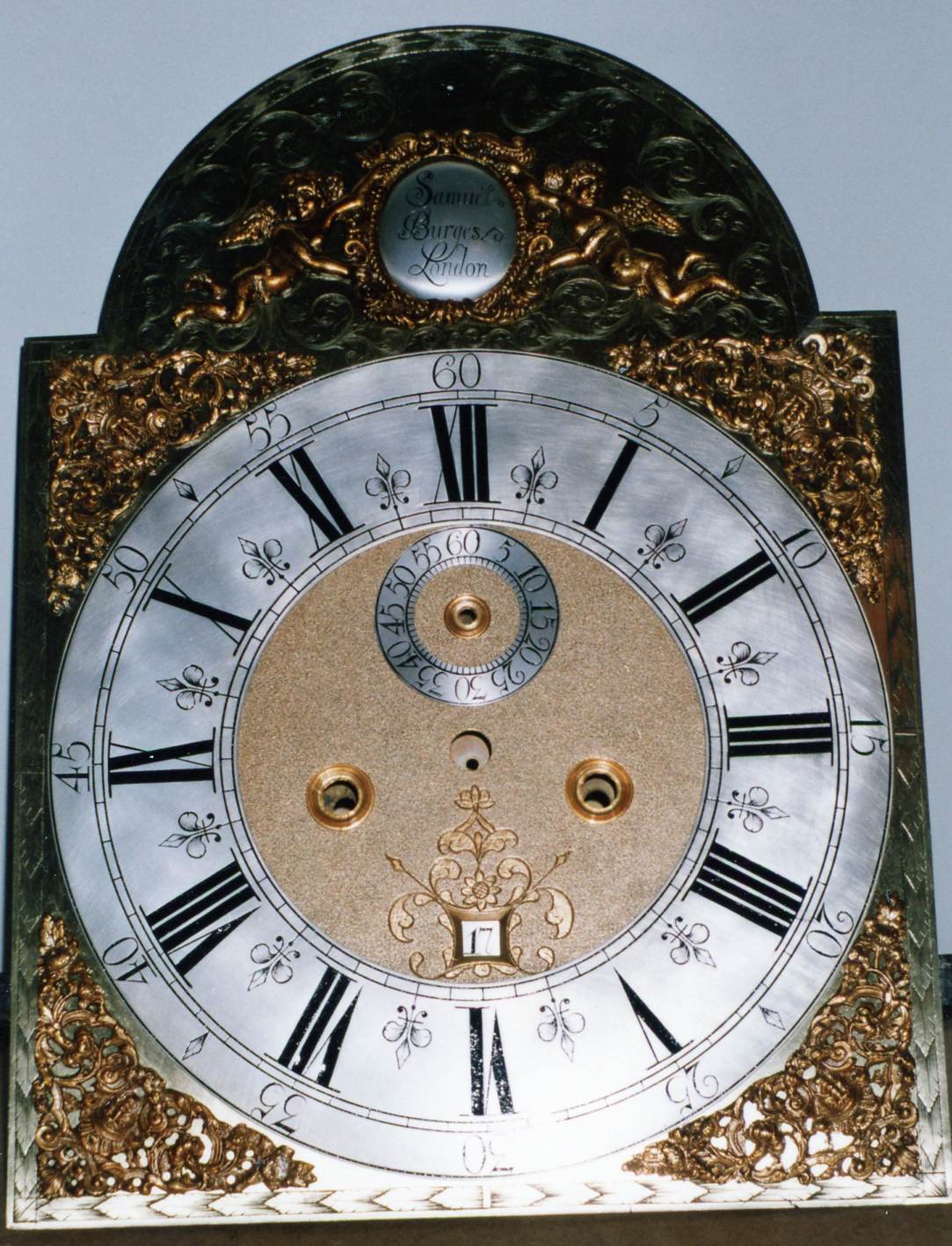
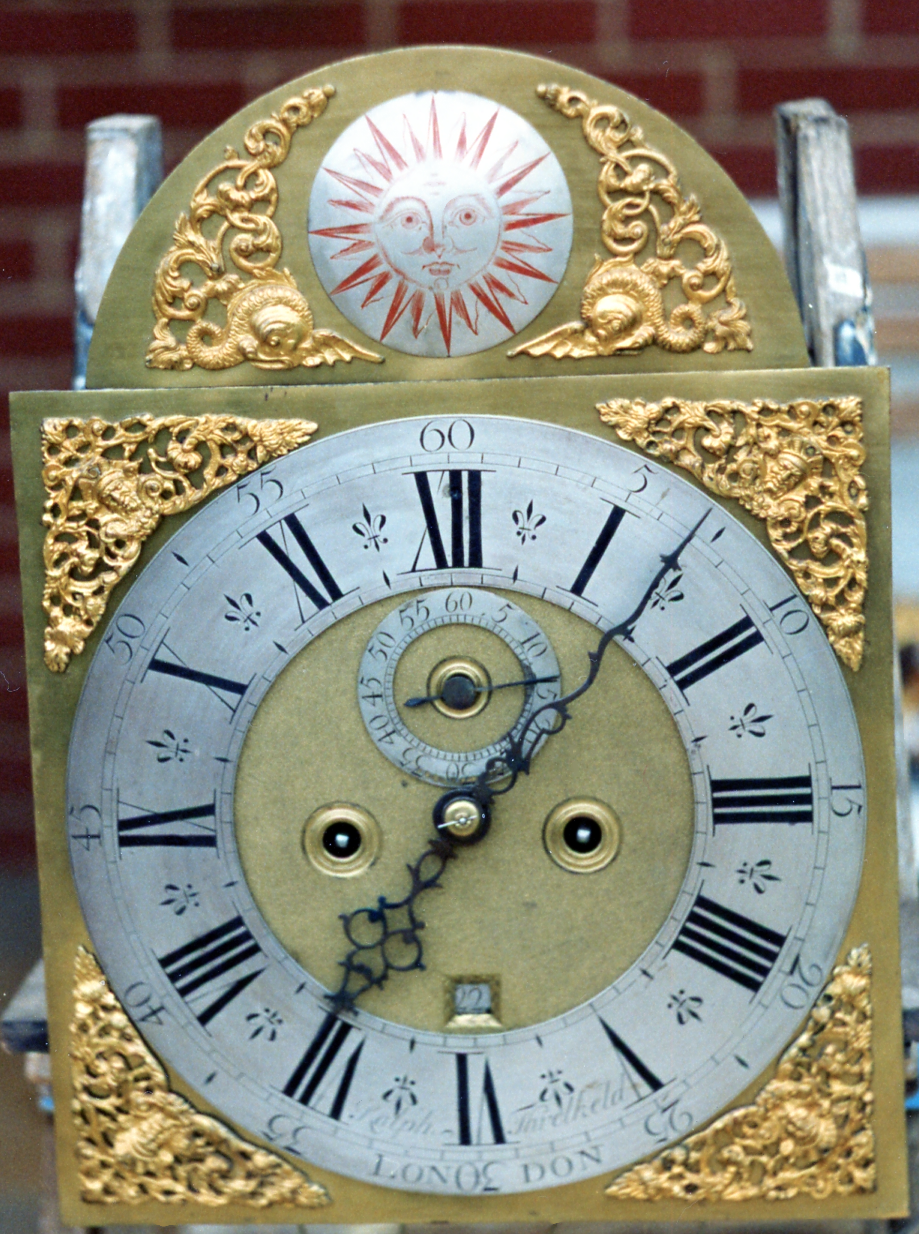
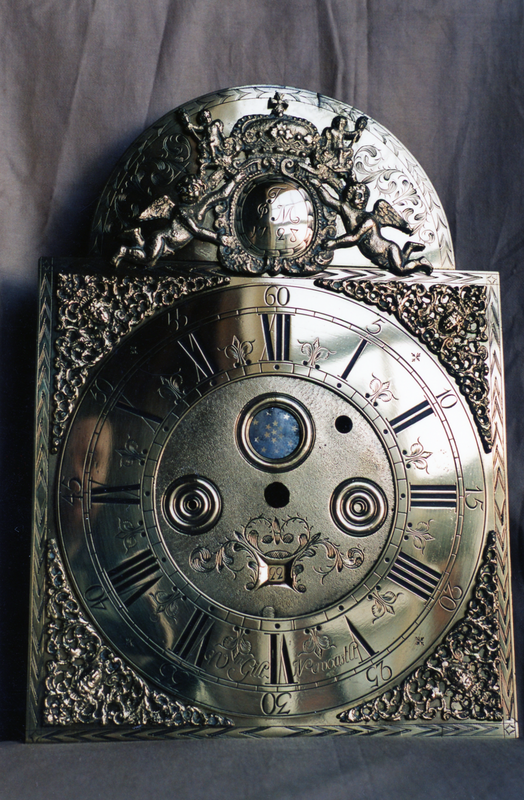
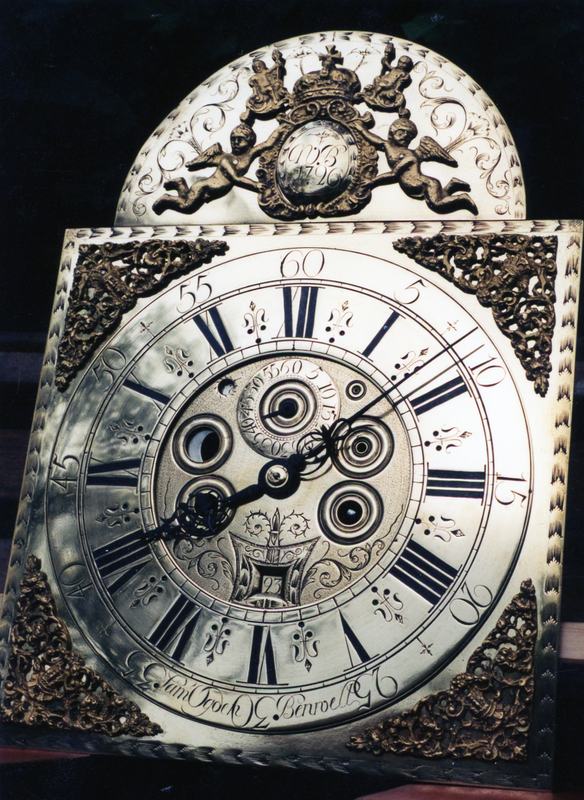
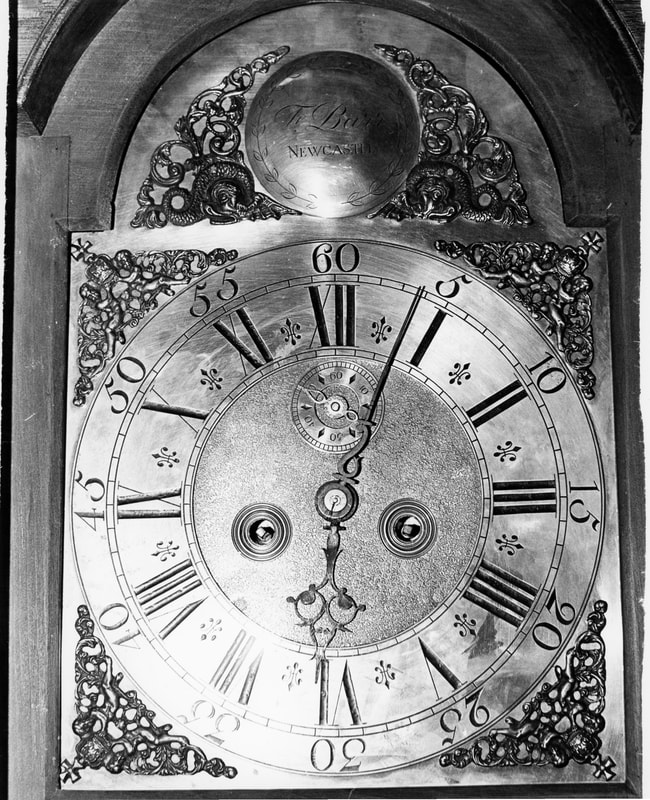
 RSS Feed
RSS Feed